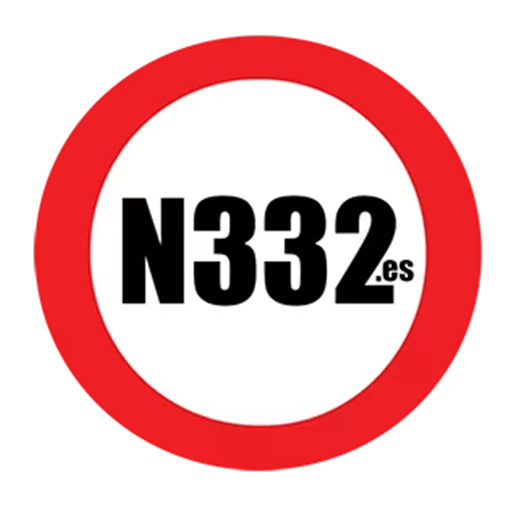Summer is here, and with it, the open road beckons, often in the comfort of a motorhome or the adventure of a towed caravan. Whether you’re renting a temporary home on wheels or embarking on a journey in your own, understanding Spain’s specific rules for these vehicles is crucial for a smooth and fine-free trip. While both offer a unique way to explore, there are distinct regulations for each.
The DGT (Dirección General de Tráfico) in Spain clearly differentiates between “parking” and “camping” for both motorhomes and caravans. A vehicle is considered parked when it is in a permitted spot, remains within road markings, and crucially, all activity stays inside the vehicle, with no external elements deployed. This means no awnings, no levelling jacks, and absolutely no tables or chairs set up outside. If you deploy any external elements, even if you are in a legitimate parking spot, you are no longer considered to be simply parked.
Camping, on the other hand, involves occupying outdoor space and is generally only permitted in designated areas. This includes official campsites or specific parking lots that are regulated by each autonomous community. Failing to adhere to this distinction can lead to significant fines. For instance, camping on the coast is prohibited by the Coastal Law, with penalties starting from 40 euro per occupied square metre. Similarly, parking or camping in protected natural areas is strictly forbidden and carries severe penalties. Always consult municipal ordinances to avoid illegal parking fines, which can range from 100 to 200 euro. While sleeping inside a motorhome or camper is generally allowed unless explicitly prohibited, the act of “camping” – extending your living space outdoors – is almost universally restricted to designated zones.


Motorhome Specifics:
Motorhomes offer a great deal of flexibility. Unlike caravans, there are no restrictions on passengers travelling inside, provided the number of occupants does not exceed the vehicle’s registered capacity, and everyone is wearing a seatbelt or using an approved restraint system. In terms of speed limits, approved motorhomes generally adhere to the same speed limits as passenger cars, although the DGT advises moderating speed due to their larger size.
Caravan Specifics:
While many “parking” and “camping” rules mirror those for motorhomes, caravans have additional requirements. When parked, a caravan must remain attached to its towing vehicle. A significant difference lies in passenger transport: passengers are not permitted to travel inside a caravan when it is being towed.
Driving with a caravan also introduces specific requirements based on the Maximum Authorised Mass (MMA) of the caravan. For lightweight trailers with an MMA of 750 kg or less, no additional driving permit is needed beyond a standard B licence, as long as the combined weight of the car and caravan does not exceed 3,500 kg. These lighter caravans do not require separate registration; they only need to display the towing vehicle’s registration number and have repeater lighting.
However, for caravans with an MMA exceeding 750 kg, additional permits are necessary. If the combined MMA of the towing vehicle and trailer does not exceed 4,250 kg, a B96 authorisation is required. For combinations that exceed 4,250 kg, a B+E permit is mandatory. Heavier caravans (MMA over 750 kg) must also be independently registered, possess their own red number plate in addition to the towing vehicle’s, and have separate insurance. Speed limits for caravans are also specific: 90 km/h on motorways and dual carriageways, and 80 km/h on conventional roads. You must also carry a fire extinguisher.
Finally, it’s vital for all motorhomes and caravans to be homologated, comply with all tax requirements, and ensure respectful coexistence with other road users. Being well-informed about these regulations will ensure your Spanish road trip is a memorable one for all the right reasons.
Discover more from N332.es - Driving In Spain
Subscribe to get the latest posts sent to your email.

You must be logged in to post a comment.